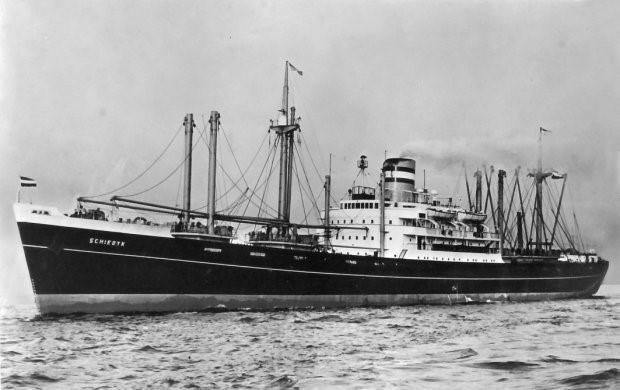BLIGH ISLAND—The Canadian Coast Guard says fuel leaking from a historic shipwreck in a popular marine park on the west coast of Vancouver Island has been confirmed on shore and oiled at least two animals.
Kiri Westnedge, information officer for the Bligh Island shipwreck, says in a statement that the amount of oil product on the water is between 30 and 50 litres at any given time.





